Second update 1/3 - What is the status of sampling on Mars?
In the meantime, we are only a year further. A lot has already happened there on Mars. A second update is required, we write at the end of December 2022.
The robot Perseverance, what did we already know?
We remind you that Perseverance is a rover mission from NASA to Mars. On February 18, 2021, this robot landed in Jezero crater, about 300 million kilometers from Earth.
The robot weighs more than a ton and is almost 2 m high. He has 19 cameras on board that can take a perspective image just like human eyes can. In one year, 200,000 detailed photographs have already been sent to Earth.
Perseverance will conduct research into geological processes and possibly earlier life or investigate the possibility of doing so on Mars. Among other things, Perseverance has to collect soil samples on Mars and leave them in a strategic place. Around 2030, another rover is scheduled to pick up the sealed module (the size of a basketball) with soil samples and bring it to a lander module that will then function as a take-off module a little later. In orbit around Mars, it will deliver the samples in a spaceship waiting there, which will then return to Earth afterwards. That Mars Sample Return mission is a collaboration between NASA and ESA. Read more about this in the Second update 3/3.
After extensive testing of the rover itself and its equipment, they could start practicing a first sample in the autumn of 2021. It went well and the big work was coming.
At the end of December 2021, a first sampling was successfully completed. In this attempt, two sealed titanium tubes were made:
- One was stored in the belly of Perseverance, the place where all the different samples have to end up.
- The other was just left on the soil of Mars, it can possibly serve as a backup in case something happens to the robot and all the stored tubes become inaccessible. NASA has indicated that (if everything continues to go well) several (perhaps about 10) double samplings will happen as a kind of spreading of the risk of loss of the tubes.
The robot Perseverance, what else have we learned?
At the end of February 2022, some 21 successful samplings were already completed and therefore the same number of sealed tubes were set aside (one of them was simply filled with the atmosphere of Mars). This marks the end of a first period of sampling. NASA has announced that a total of up to 43 samples can be made. So far, all this work has been done in the vicinity of the rover’s landing site. Perseverance has barely moved a few 100 m from its landing site. It is a flat terrain on which there are some boulders, a great training ground.
From March/April 2022, the intention is to maneuver Perseverance to a more interesting spot in the Jezero crater. In the northwest, traces have been found of a huge delta, a place where once a river with liquid water fan-shaped flowed into the then crater lake of 45 km diameter. The place is located at a glance at 2.5 km from the landing site, but that route is difficult and full of risks (there are sand dunes and large boulders). So one chooses to go there via a detour, but then it is twice as far. Perseverance can cover 200 m per day fairly easily, it has a top speed of 4.2 cm/s. But every trajectory must be programmed and forwarded from Earth. Something goes wrong here (for example, a bug so that the rover does not move a fin) or on closer inspection one prefers to follow a slightly different route and it is best to come back in a few steps.
Everything has gone well in the meantime, the robot is on site and the important additional sampling (from the second period) has started in the delta area.
That delta appeals to the imagination and on satellite photos there is no doubt about it: here liquid water has flowed and filled the entire crater. That must have happened about 3.8 billion years ago:
- This more or less corresponds to the same time that a very beginning of life arose on Earth.
- Mars has since evolved into a dry and arid planet. It is still unclear in what time frame that happened. But we must take into account that this evolution may have started a little too early and that we will therefore not find any trace of life.
So far, the rover has not even filled half of the tubes. Eventually, if all goes well, the robot will release 33 tubes itself. The rest will be picked up by the helicopters. To fill the remaining 22, Perseverance still has more than enough time. Most of it will happen in 2023 and the MSR mission is not scheduled until the end of this decade.
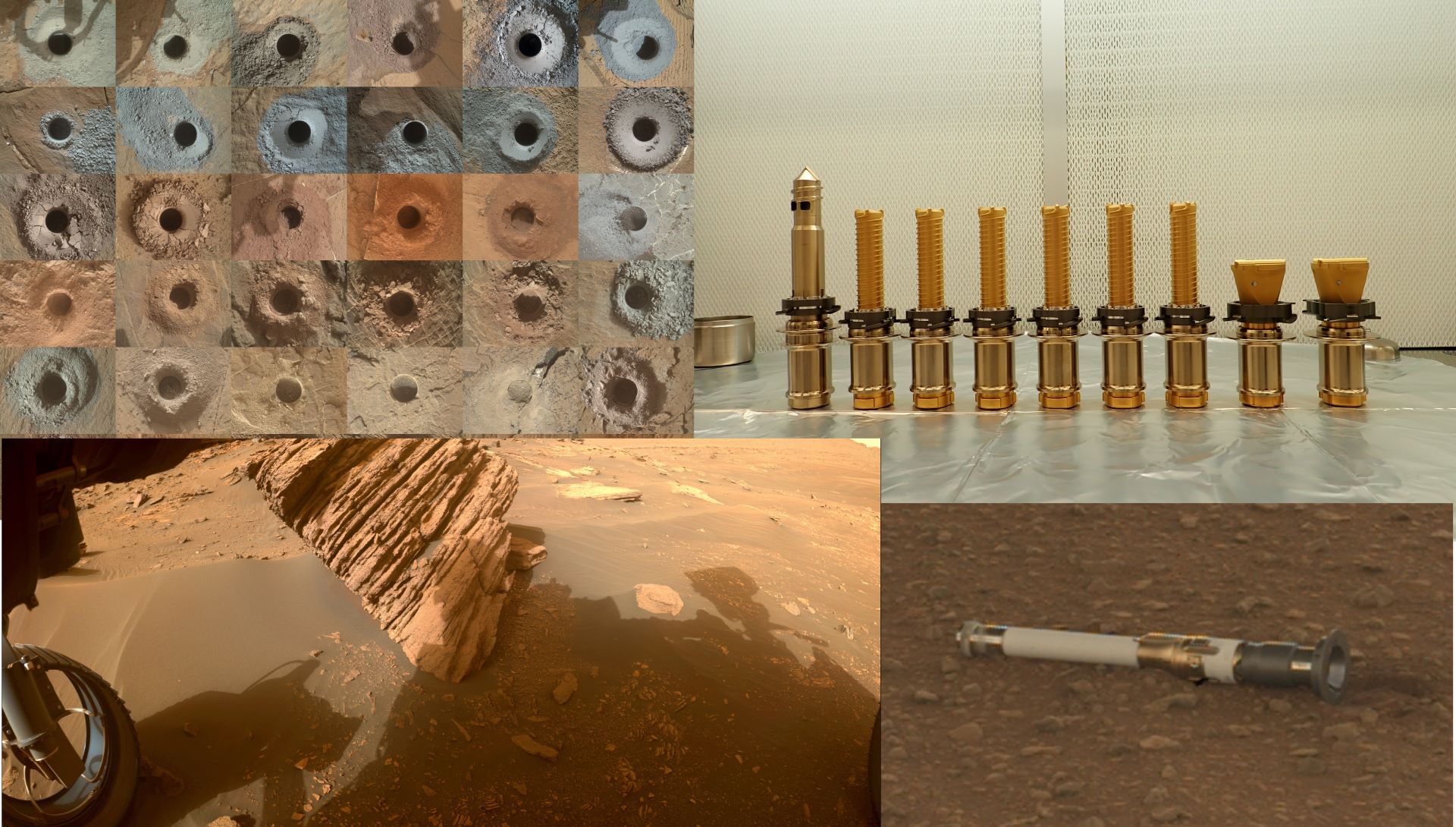
These illustrations can be seen on the NASA website.
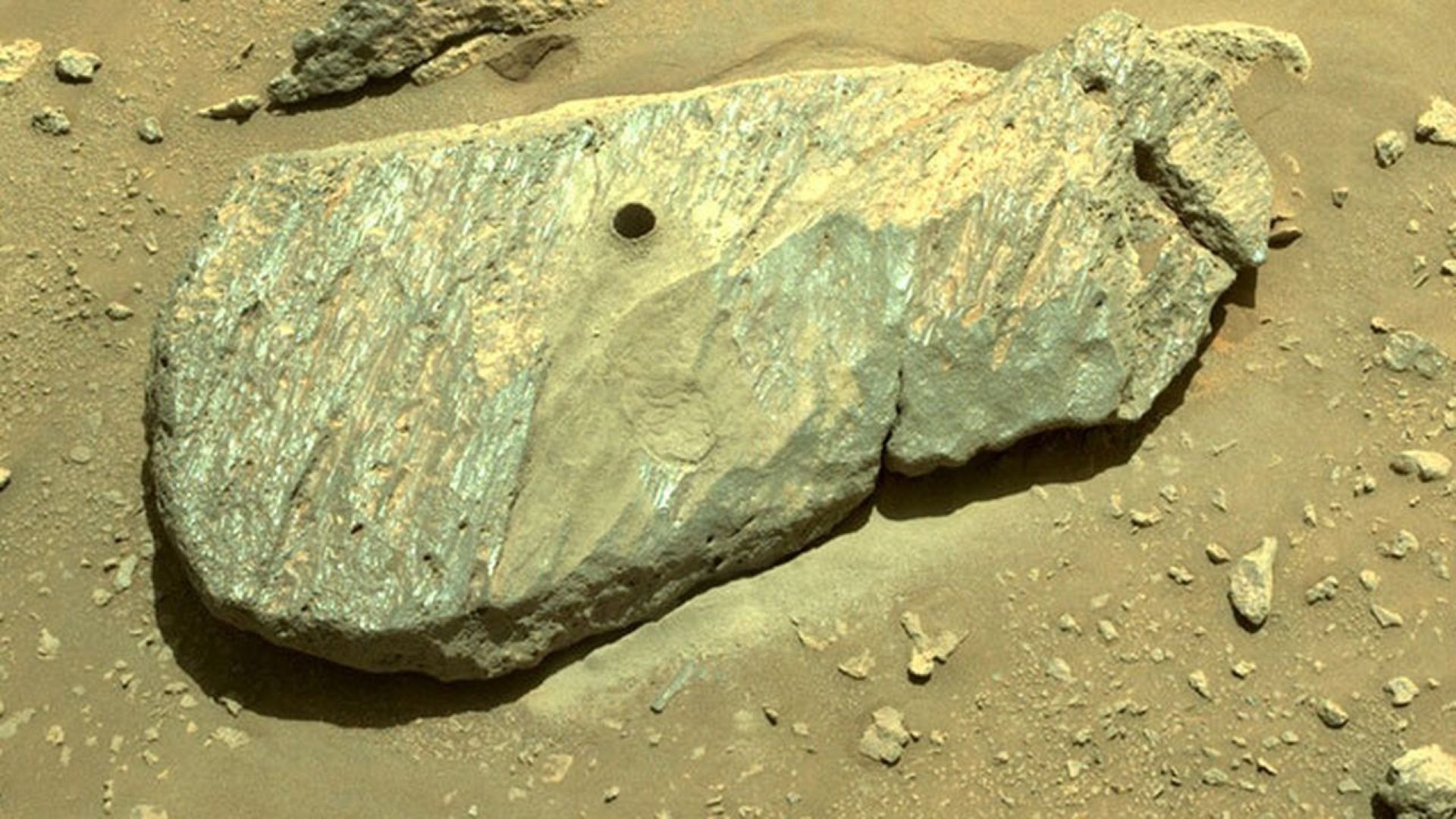

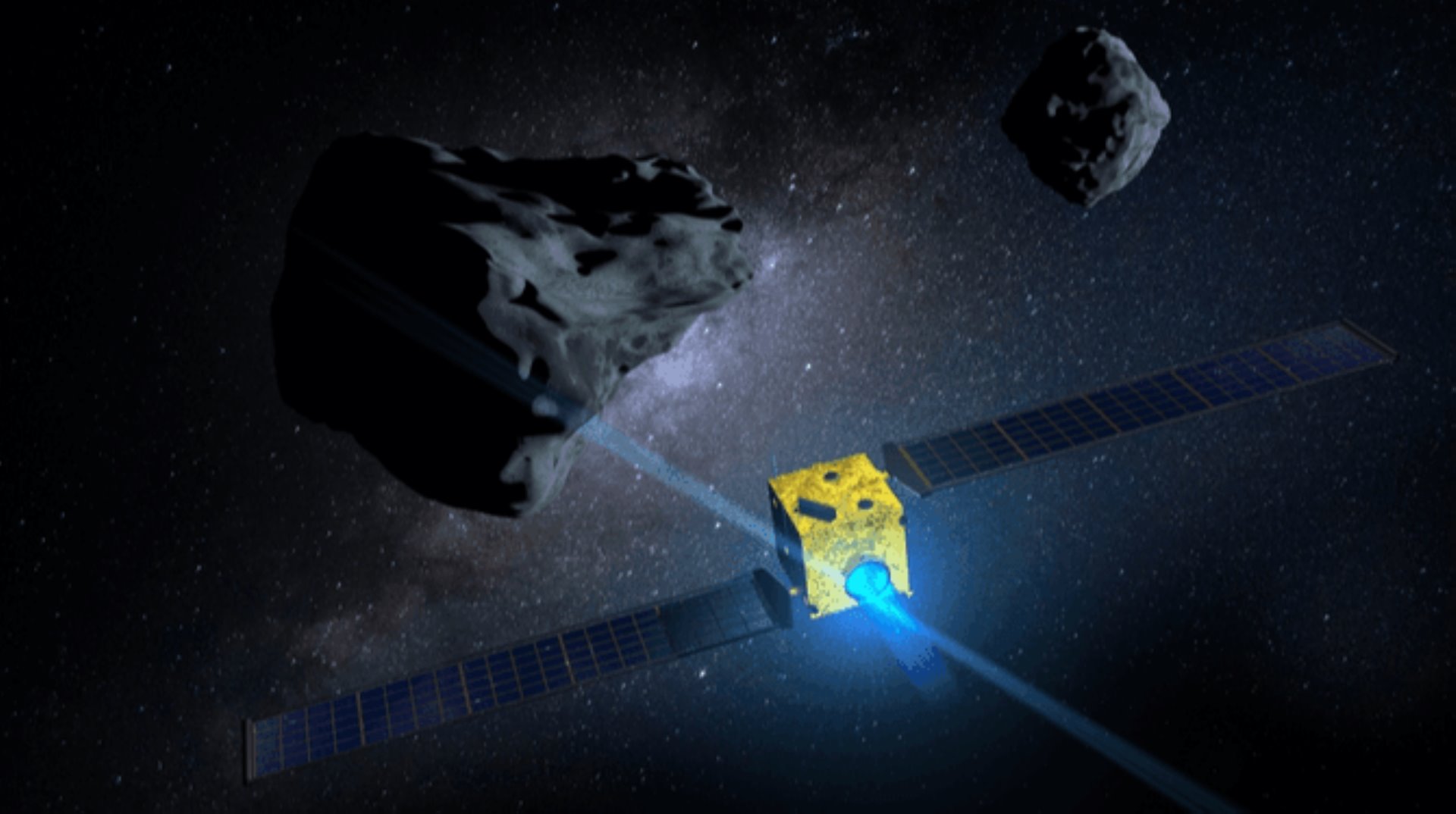

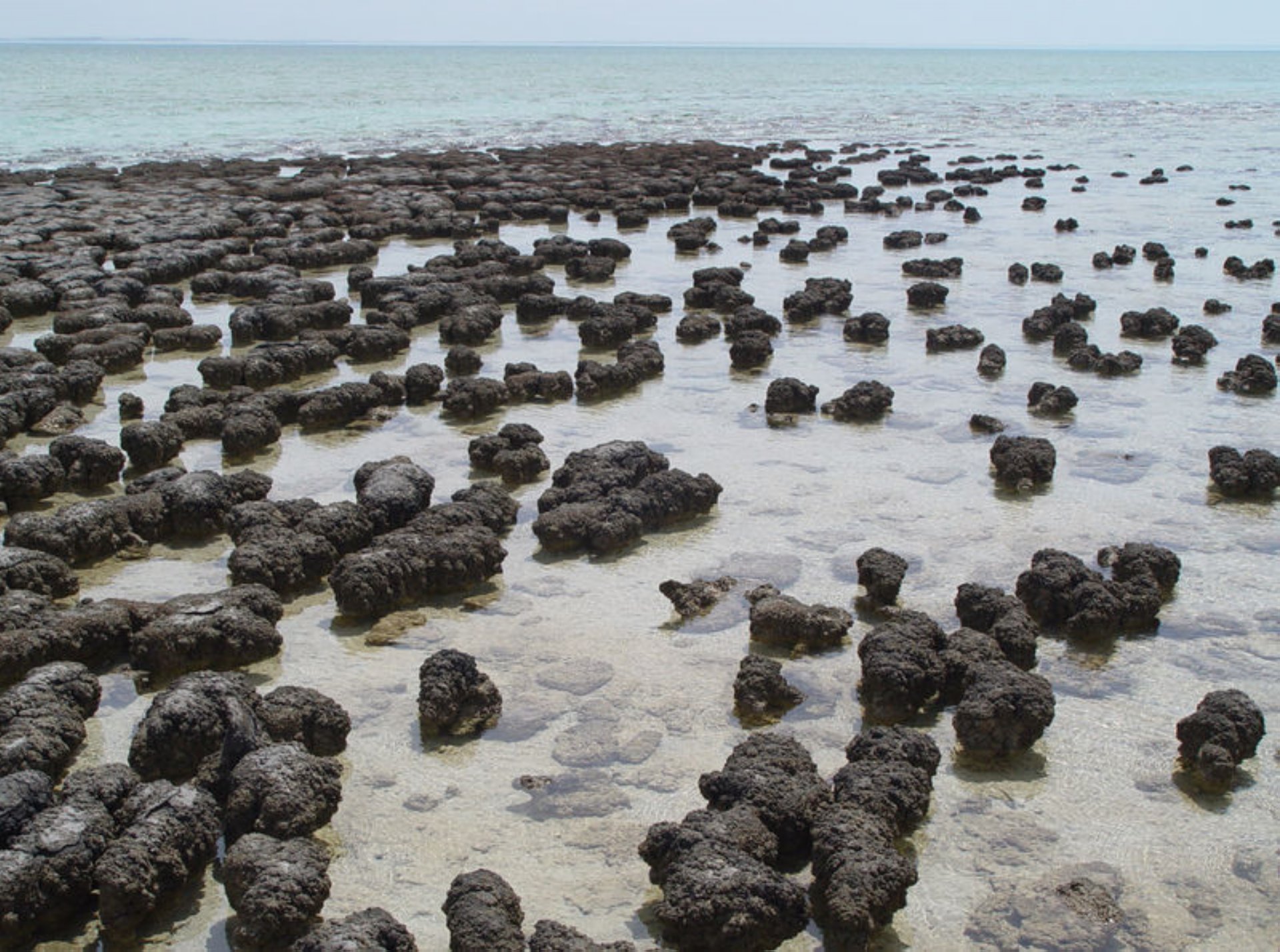
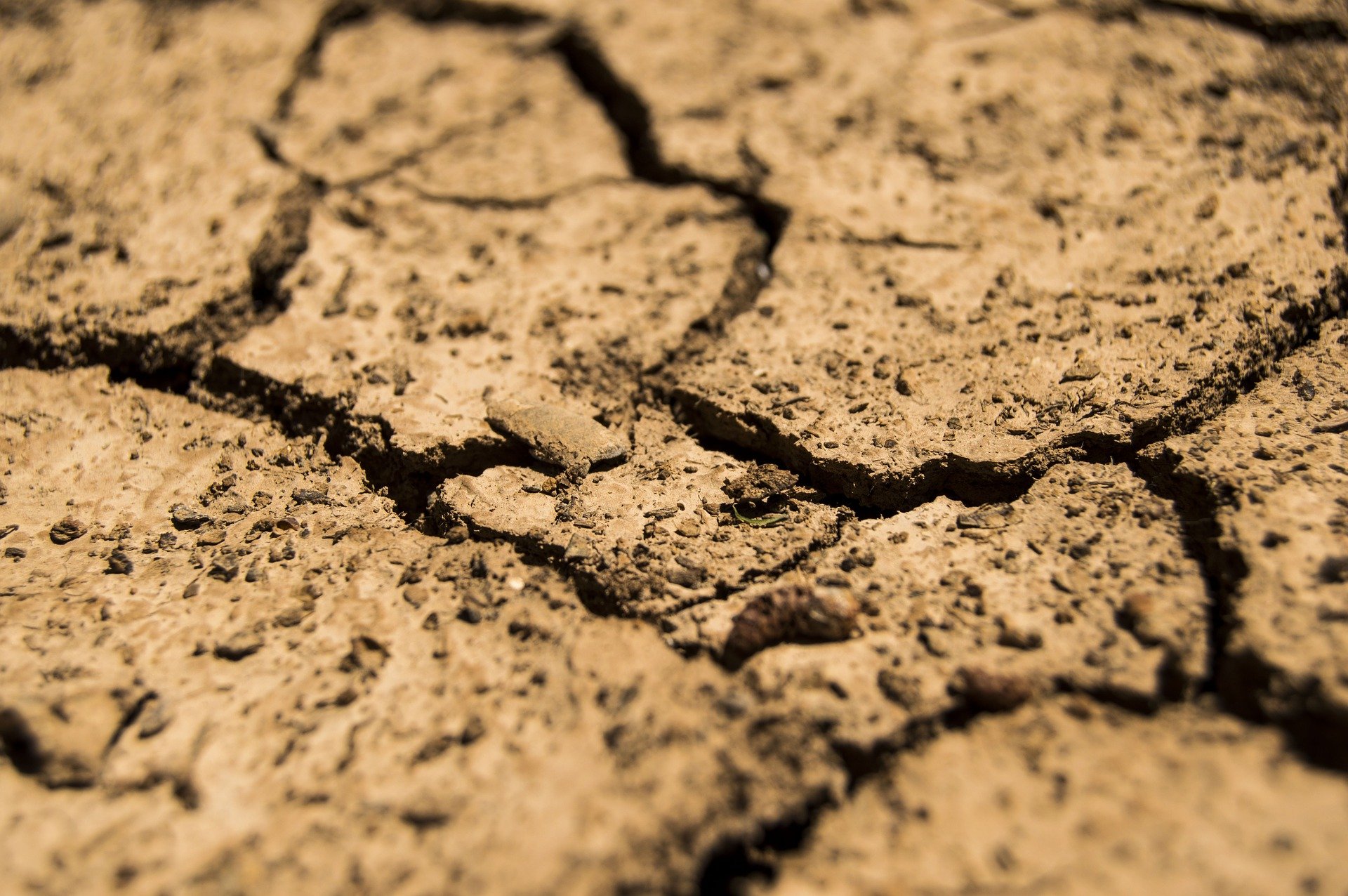
Comments